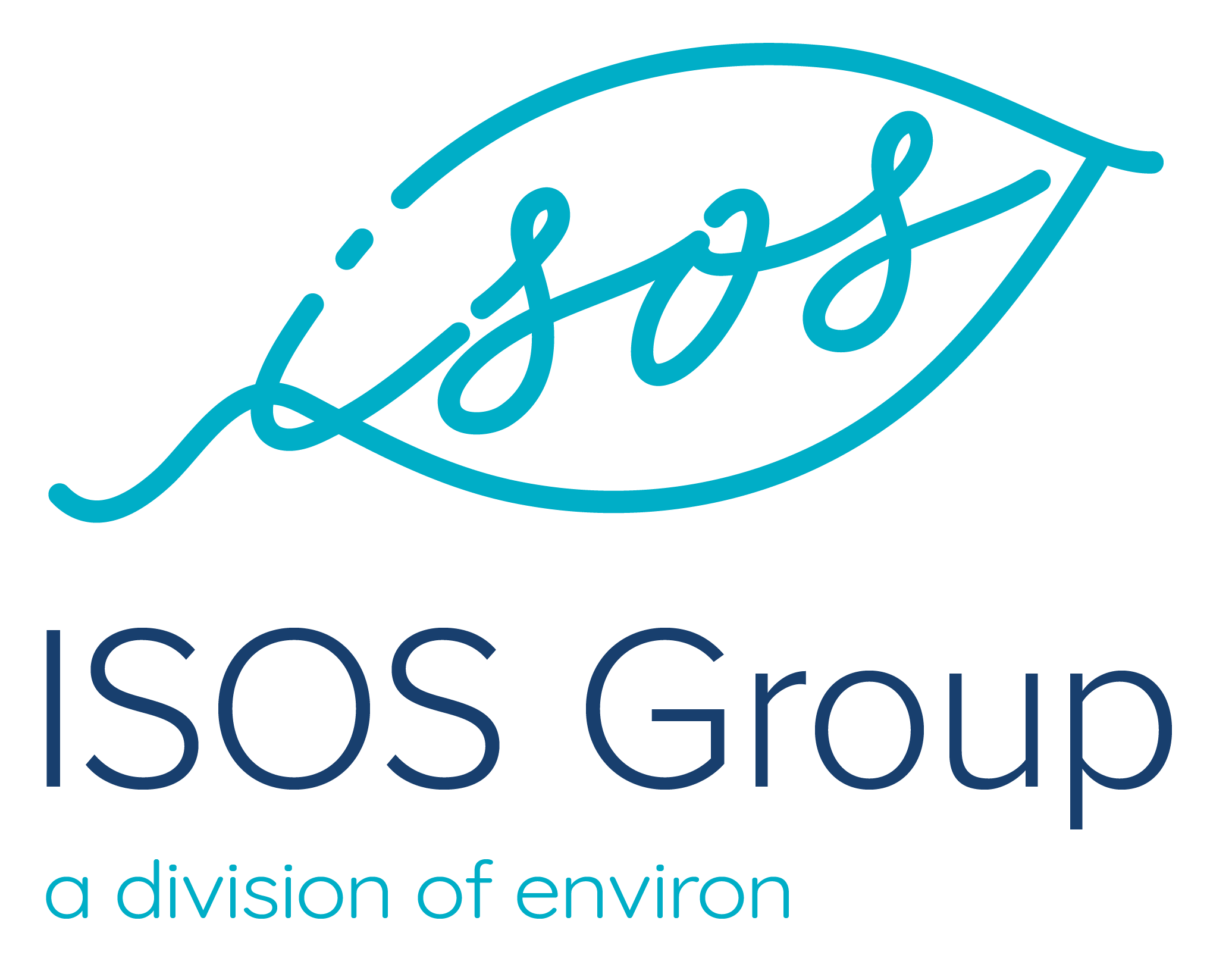Materiality Matters More Than Ever
As demands for more in-depth and detailed sustainability reporting continue to increase from investors, regulators and other key stakeholders, it is ever more apparent that companies benefit from identifying those topics that are most impactful, or material, to their business. At ISOS Group, we closely monitor trends and changes that alter the sustainability analysis and reporting landscape, including those that affect materiality assessments. Here are some shifts we are following:
Double materiality: Starting next year, about 50,000 companies operating in the European Union must disclose their sustainability impacts, risks and opportunities under the new Corporate Sustainability Reporting Directive (CSRD). The CSRD will significantly expand mandatory sustainability disclosure requirements based on the principle of double materiality. Double materiality requires companies to report both on sustainability matters that trigger financially material effects and that are material from an impact perspective — how the company impacts the world, environmentally and socially. But even if you’re not in Europe, double materiality may impact you. At least 10,000 non-EU companies, about a third of them U.S.-based, are expected to be subject to CSRD.
Beyond double materiality: The gold standard for determining materiality is the context-based approach. The United Nations Research Institute for Social Development has developed the first voluntary reporting framework promoting this approach. Its Sustainable Development Performance Indicators (SDPI) consider ecological or resource thresholds and established social norms and standards to determine if a company’s actions are truly sustainable. For instance, a company would determine if water is material based on the carrying capacity of the local water resource and whether its withdrawals constitute a fair allocation. Or when an organization raises the wages of its workers, it would evaluate the increase in the context of the regional living wage rate.
Meeting stakeholder needs: There’s a move toward more sustainability-related financial disclosures to meet investor-specific information needs. The GRI (Global Reporting Initiative) Sustainability Reporting Standards, which have been around for about 20 years, meet multi-stakeholder information needs. (GRI defines material topics as those that represent an organization’s most significant impacts on the economy, the environment and people, including impacts on human rights.) Now, however, companies are also reporting on — or soon will be reporting on — sustainability-related risks and opportunities using both the IFRS Sustainability Disclosure Standards, which were issued in June, and the SASB Standards.
The end of the materiality matrix: The x- and y-axis materiality matrix format that has been standard use for nearly two decades may soon be a thing of the past. Some argue it suggests a level of precision that just isn’t there; draws attention away from the more important analysis of risks and how the company is dealing with them; and does not focus enough on the relationship between issues. In addition, GRI replaced the matrix in its 2021 revised Universal Standards with a visual representation that shows a list of topics. That list still can be presented in a visually appealing graphic. For example, material topics can be mapped against a company's strategic pillars, the United Nations Sustainable Development Goals (UN SDGs) or key commitments, strategic objectives or operating principles.
Some things don’t change, however. As always, the materiality assessment process — which includes research and analysis as well as stakeholder engagement — can help companies:
Deepen understanding of their current and potential sustainability impacts
Focus on topics that affect long-term value creation in order to concentrate resources and energy on what matters most
Build relationships and invite action through stakeholder engagement
Define key topics to be reported and communicated, improving the quality of their sustainability reports and increasing credibility
Better integrate sustainability considerations into decision-making and across management systems
Despite all these new and revised reporting requirements, one thing is clear: Materiality matters more than ever. As a nimble organization that makes it our business to stay on top of the sustainability landscape, ISOS Group stands ready to help our clients navigate the changes ahead, with support every step of the way. We can help you on your sustainability journey with materiality assessments and other services. Let’s connect.
